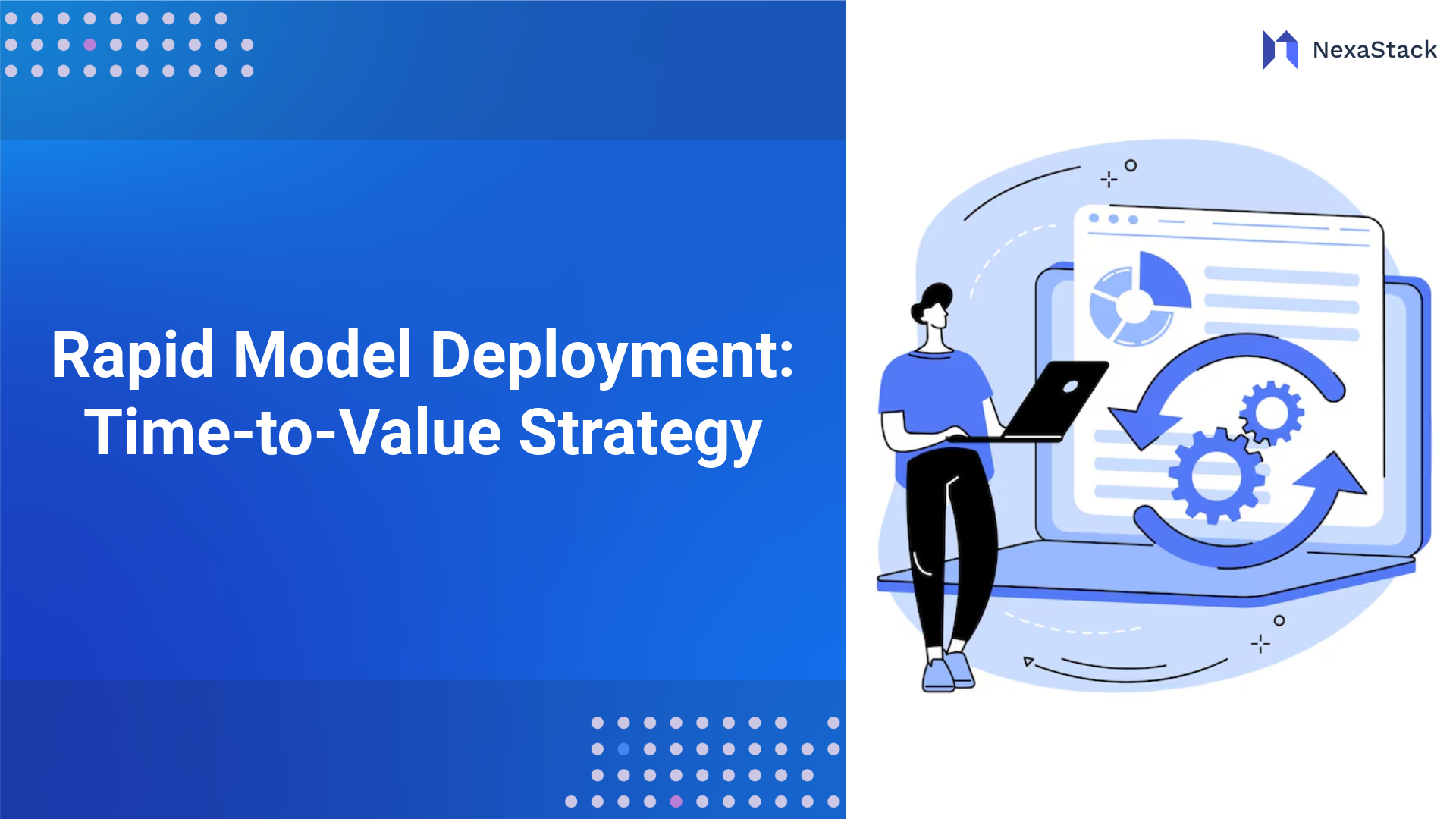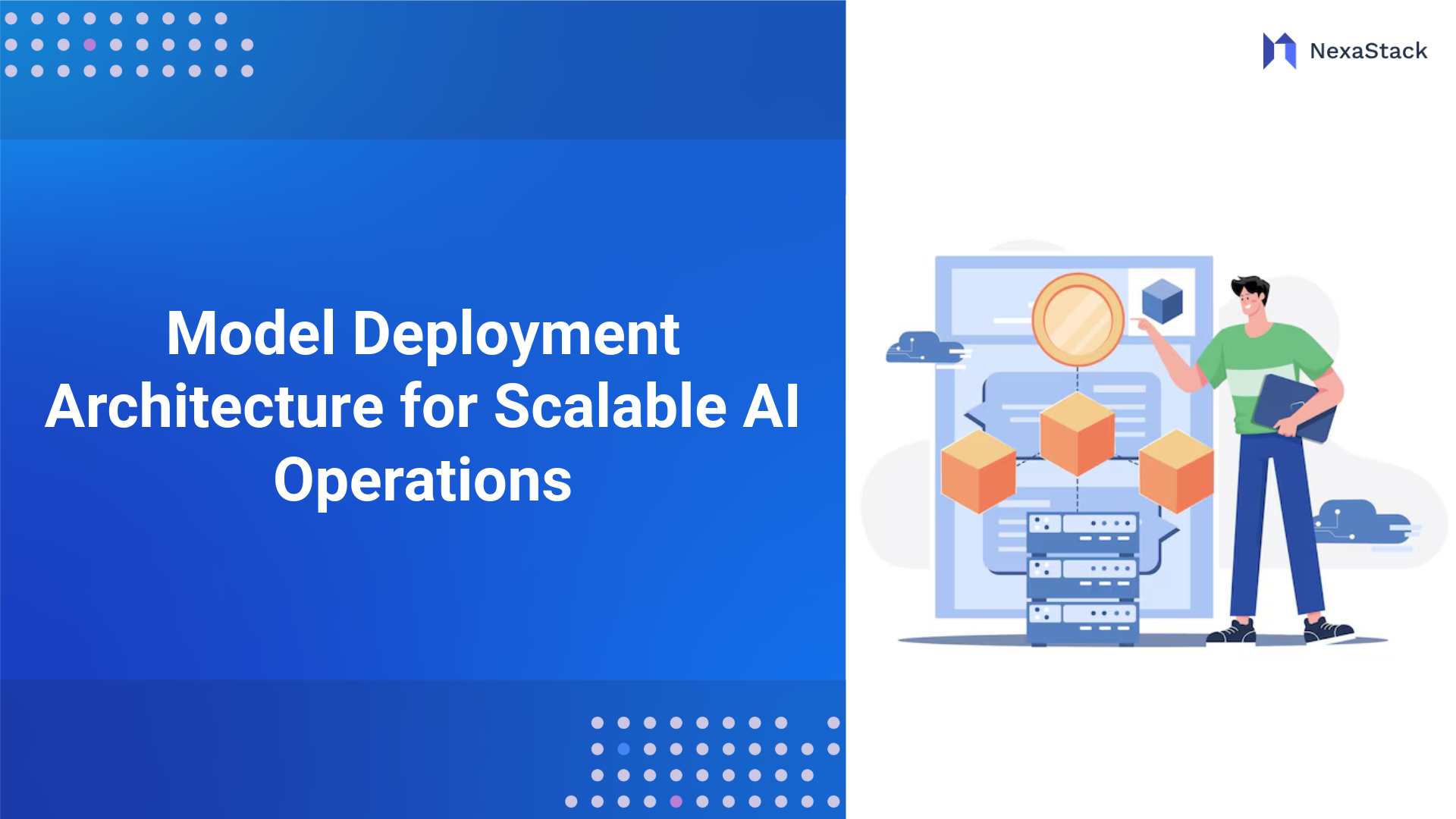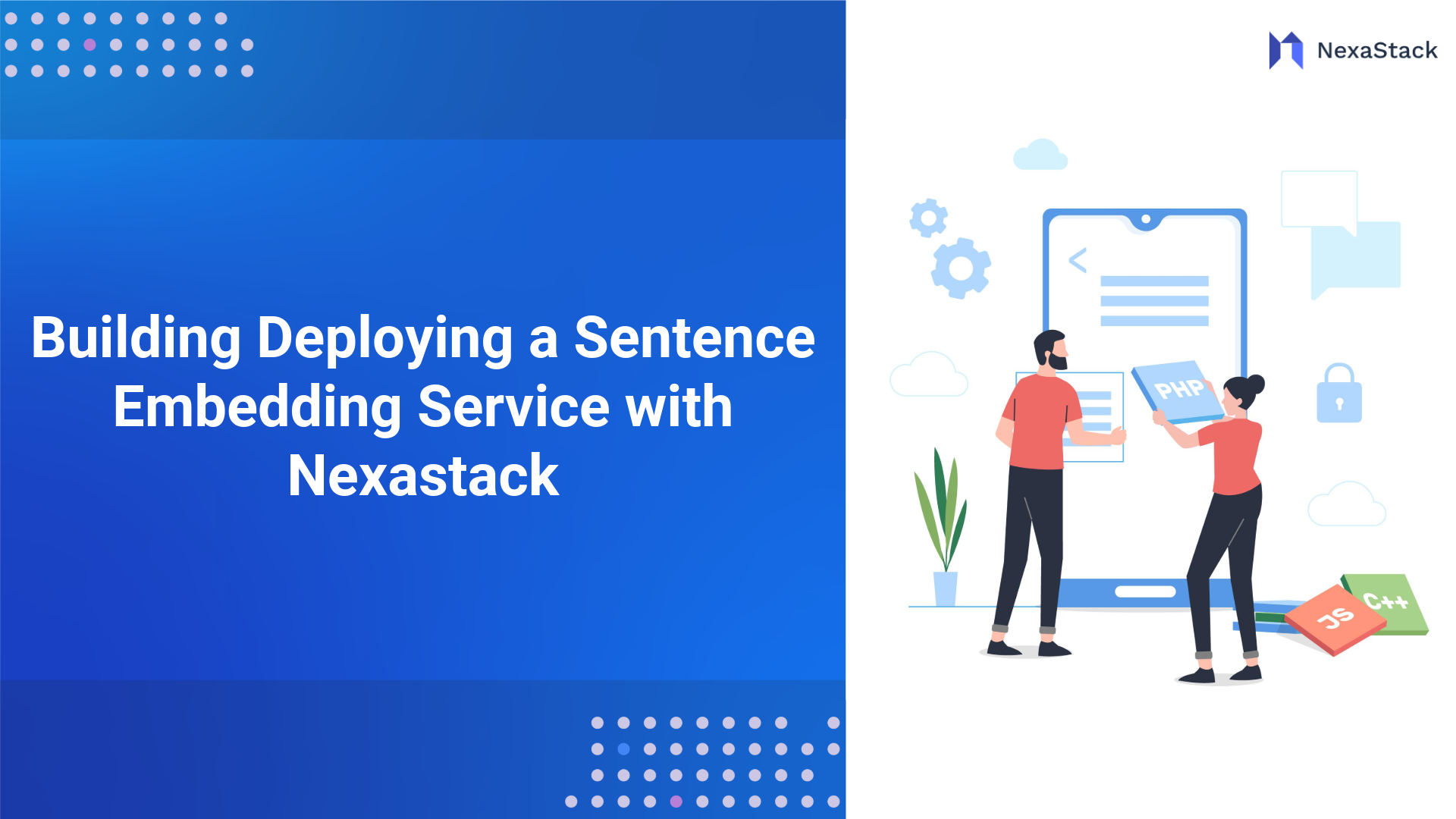Feature Analysis
Feature analysis involves examining the specific capabilities and functionalities of an OpenLLM framework:
-
Language Processing Capabilities: Evaluating the model's performance in tasks like text generation, translation, and sentiment analysis.
-
Integration with Other AI Tools: Assessing compatibility with other AI frameworks and tools.
-
Customization Options: Reviewing the ease of fine-tuning the model for specific tasks.
Comparative Analysis of Key Features
Language Processing Capabilities
-
Hugging Face Transformers: This framework supports a wide range of NLP tasks, including but not limited to text classification, sentiment analysis, and question answering. It provides pre-trained models like BERT, RoBERTa, and XLNet, which can be fine-tuned for specific tasks.
-
TensorFlow's LLM: TensorFlow's LLM implementations are particularly strong in tasks like text generation and machine translation. They offer tools for building custom models tailored to specific language tasks.
Integration with Other AI Tools
-
Hugging Face Transformers: This framework integrates well with popular deep learning libraries like PyTorch and TensorFlow. Its extensive API documentation also supports integration with other AI tools.
-
TensorFlow's LLM: As part of the TensorFlow ecosystem, TensorFlow's LLM implementations seamlessly integrate with other TensorFlow tools and libraries. This makes it easier to incorporate LLMs into broader AI applications.
Technical and Operational Requirements
Implementing an OpenLLM framework requires careful planning:
-
Hardware Requirements: Ensuring sufficient computational resources (e.g., GPUs) for model training and deployment.
-
Software Dependencies: Identifying necessary libraries and frameworks for integration.
-
Skillset: Assessing the need for specialized AI and programming skills within the team.
Checklist for Implementation
Hardware Checklist-
High-performance GPUs (e.g., NVIDIA V100 or A100)
-
Adequate storage for large datasets (e.g., SSDs for faster data access)
-
Python environment with necessary libraries (e.g., TensorFlow, PyTorch)
-
Access to pre-trained models through repositories like Hugging Face Model Hub
-
Experience with deep learning frameworks (e.g., TensorFlow, PyTorch)
-
Knowledge of NLP concepts and language models
Example Implementation Scenario
Consider a company implementing a chatbot using Hugging Face Transformers. They need to ensure they have sufficient GPU resources for training the model, a Python environment with PyTorch installed, and a team with experience in NLP and deep learning.
Integration and Interoperability Insights
Evaluating how well an OpenLLM framework integrates with existing systems and tools is crucial:
-
API Compatibility: Assessing the ease of integrating the framework with other applications via APIs.
-
Data Compatibility: Ensuring the framework can handle various data formats and sources.
-
Scalability: Evaluating how well the framework scales with increasing data volumes and user demands.
Integration Example
Integrating an OpenLLM framework with a CRM system can enhance customer service by automating chatbot responses and improving text analysis for customer feedback. For instance, using Hugging Face Transformers to integrate a chatbot with Salesforce can automate customer inquiries and provide personalised responses.
Identifying and Managing Risks
When adopting an OpenLLM framework, several risks should be considered:
-
Security Risks: Ensuring the framework's security features protect sensitive data.
-
Dependence on Community Support: The risk of relying on community contributions for updates and fixes.
-
Ethical Considerations: Addressing potential biases in AI models and ensuring ethical use.
Mitigating Risks
Security Measures-
Implement robust data encryption to protect sensitive information.
-
Regularly update dependencies to prevent vulnerabilities.
Community Engagement
-
Participate in community forums to stay updated on framework developments.
-
Contribute to the community to foster support and ensure continuous updates.
Ethical Practices
-
Regularly audit models for bias using tools like fairness metrics.
-
Develop guidelines for ethical AI use within the organization to prevent misuse.
Strategic Decision-Making Framework
The Open Decision Framework, inspired by open-source principles, offers a structured approach to decision-making that is transparent, inclusive, and customer-centric. Here’s how it can be applied to choosing an OpenLLM framework:
Steps of the Open Decision Framework
Ideation-
Identify the need for an OpenLLM framework.
-
Gather initial feedback from stakeholders.
-
Evaluate different frameworks based on features and requirements.
-
Assess community support and documentation.
-
Develop a prototype or proof-of-concept using the chosen framework.
-
Test the framework's performance and integration capabilities.
-
Deploy the framework in a production environment.
-
Monitor performance and gather feedback for future improvements.
Applying the Open Decision Framework to OpenLLM
By applying the Open Decision Framework, organizations can ensure that the decision to adopt an OpenLLM framework is well-informed, collaborative, and aligned with organizational goals. This approach facilitates open communication, encourages diverse perspectives, and helps manage competing priorities effectively.
Example of Applying the Framework
Consider a company deciding between Hugging Face Transformers and TensorFlow's LLM for a new NLP project. They would start by gathering feedback from stakeholders (ideation), then evaluate both frameworks based on their features and community support (planning and research). Next, they would develop prototypes using both frameworks to test their performance (design, development, and testing). Finally, they would deploy the chosen framework and monitor its performance in a production environment (launch).
In conclusion, selecting and implementing an OpenLLM framework requires a comprehensive evaluation of its features, implementation requirements, integration capabilities, and potential risks. By using a structured decision framework like the Open Decision Framework, organizations can make informed decisions that align with their strategic objectives and foster a collaborative environment for AI innovation. This approach ensures the effective adoption of AI technologies and promotes ethical and responsible AI practices within the organization.






